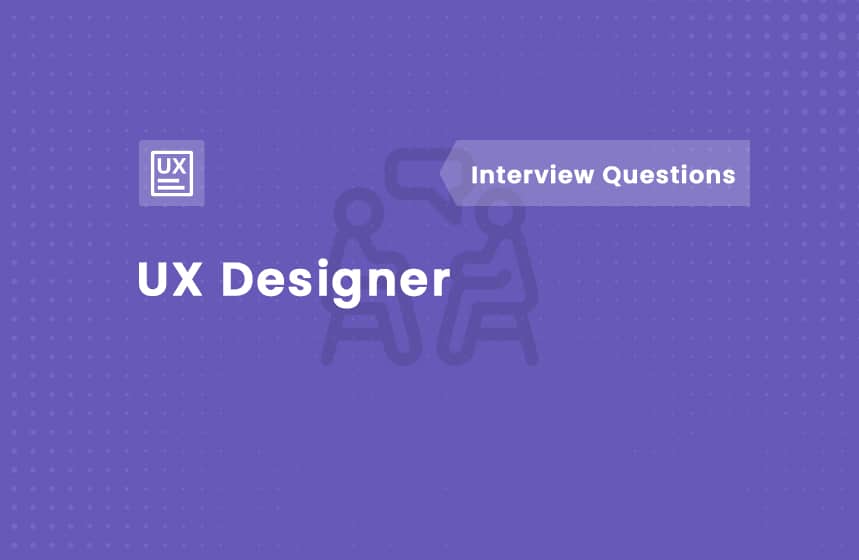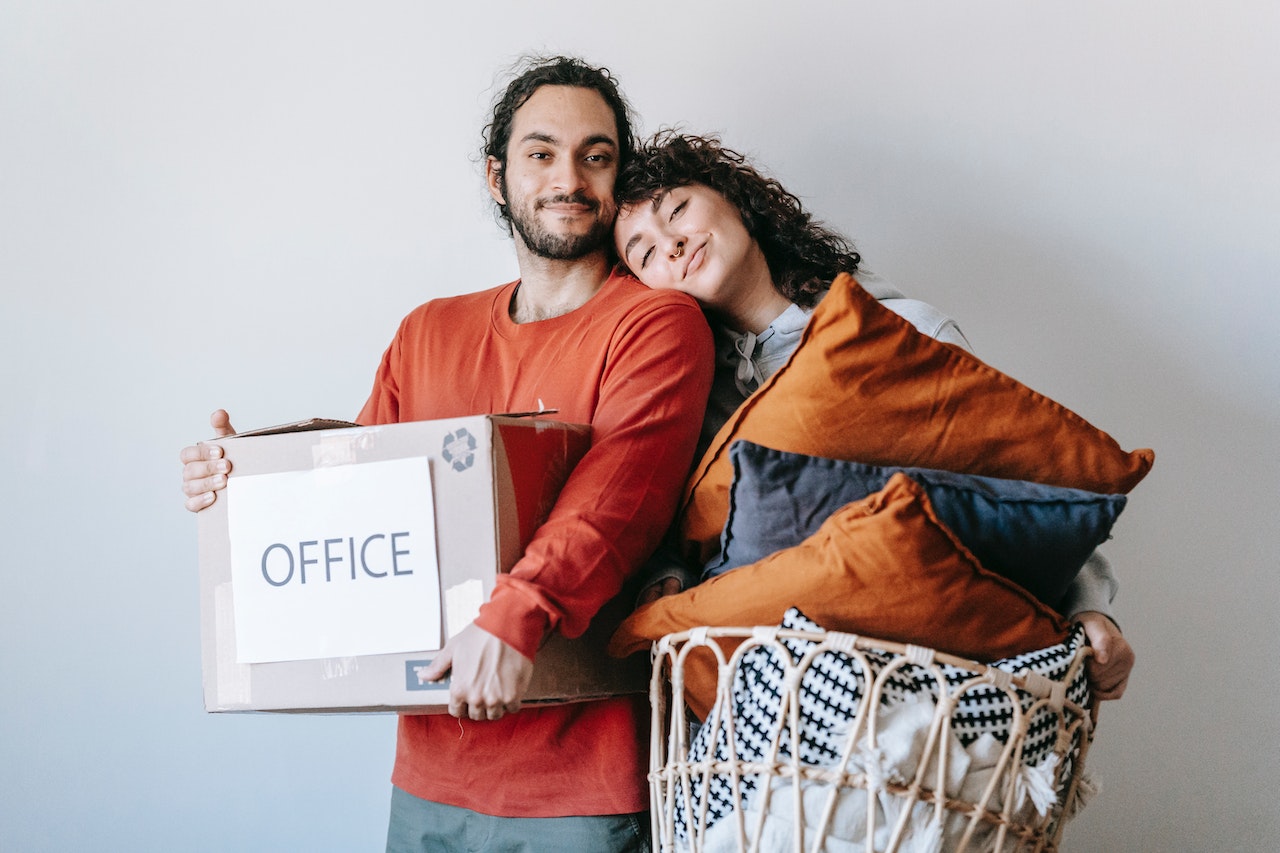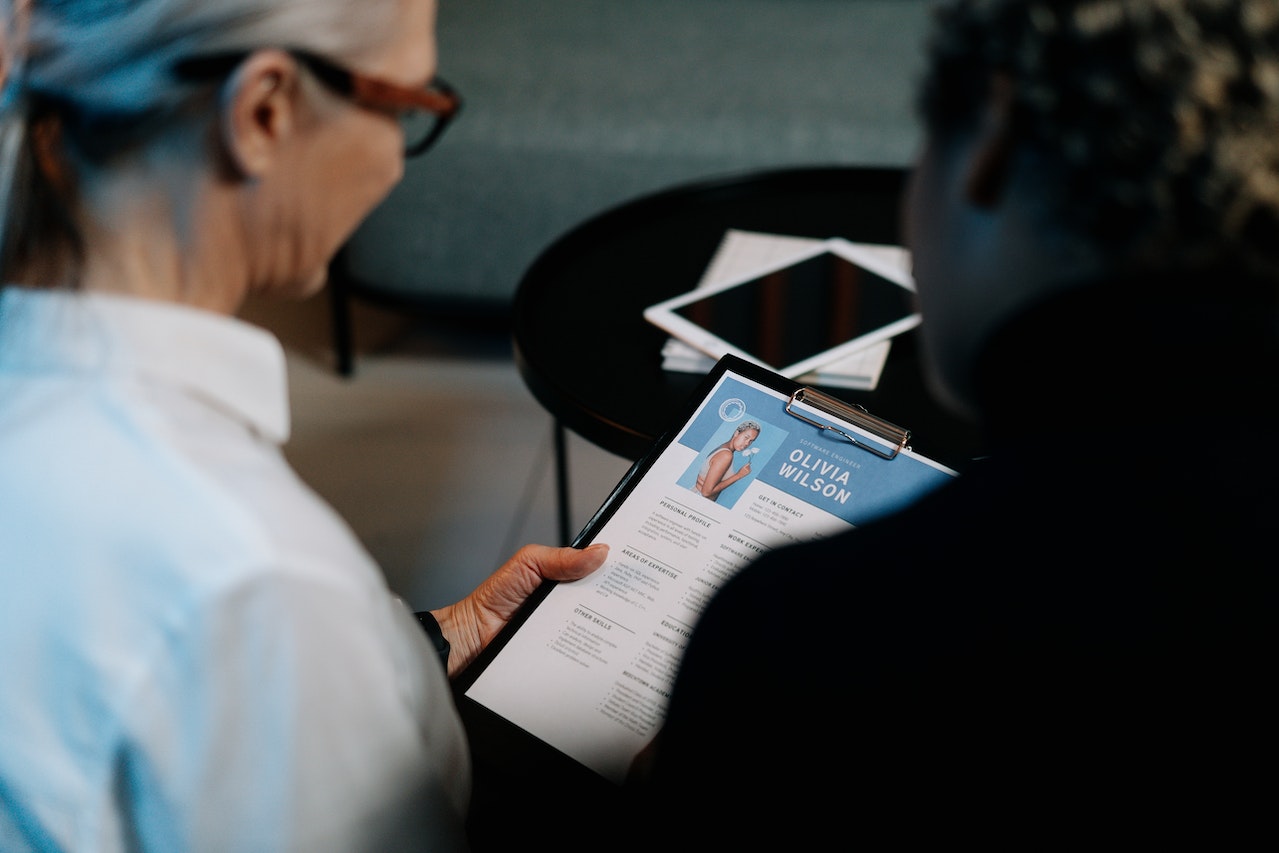Lead UX Designer Interview Questions and Answers
Published

A lead UX designer is responsible for the user experience of a company's product or service. You'll work with a team of UX designers and researchers to develop prototypes and design solutions that meet users' needs.
Lead UX designers usually need to have at least five years of experience in this area. They must also be able to provide a portfolio of their work.
When you apply for a Lead UX Designer position, you can expect to be asked a series of questions about your experience, design process, and problem-solving skills. We've compiled a list of the most common questions and answers from lead UX designers to help you prepare for your next interview.
1. Are you familiar with the UX design process?

Those : gangboard.com
The interviewer may ask this question to find out if you have experience with the design process and how it applies to your work. Use your answer to demonstrate your knowledge of each step of a UX design project, including research, wireframing, prototyping, and testing.
Example: "I am familiar with the entire UX design process because I have applied it to every project I have worked on. The first step is always to research my client's target audience so I can understand their needs and preferences. I then create wireframes based on these findings and then move on to creating prototypes using tools like Sketch or Figma. After testing the prototype with users, I make any necessary changes before finalizing the design."
2. What are some of the most important skills for a Lead UX Designer?
This question will help the interviewer determine whether you have the necessary skills to be successful in this role. Use your answer to highlight some of the most important skills for a lead UX designer and explain why they are important.
Example: "Leading a team is one of the most important skills for a Lead UX Designer because it allows me to provide guidance and support to my team members. I also think that communication, collaboration and problem-solving skills are essential for this position. These skills enable me to do this "To work with other designers to find solutions to problems that arise during the design process."
3. How do you manage a team of designers?
As a lead designer, you may need to manage other designers on your team. Employers ask this question to find out whether you have experience managing others and how you do it. In your answer, explain what steps you are taking to ensure everyone works together and cooperates. List some of the methods you use to motivate your team members and encourage them to work.
Example: "I find that one of the best ways to lead my team is to set clear expectations for each project. I hold regular meetings with my team where we discuss our current projects and set goals. This way I can ensure that everyone understands their responsibilities and we all have the opportunity to raise any concerns or questions we may have.
Another way I lead my team is to ensure everyone has equal opportunities to contribute to the design process. I try to give each member of my team enough time in front of customers so that they can demonstrate their skills and prove themselves as valuable members of the team."
4. What experiences have you had with user research?
User research is an important part of a lead UX designer’s work. The interviewer may ask you this question to learn more about your experience with user research and how you apply it in your work. Think about a situation where you used user research to inform your design decisions.
Example: "I have always been interested in knowing the needs and preferences of my users. In my last position as Lead UX Designer, I regularly conducted user interviews and usability tests to collect information about our target group. This allowed me to create designs, that were easy for our customers to use and gave me valuable insights into what they like and don't like about our products."
5. Give an example of a project you led and how you accomplished it.
An interviewer can ask this question to learn more about your leadership skills and how you manage projects. When answering this question, it may be helpful to name a specific project that you managed from start to finish and the steps you took to complete it.
Example: "In my last role as Lead UX Designer, I was responsible for managing a team of five designers. We were working on many different projects at the same time, so I had to make sure everyone knew their tasks and deadlines. I have a calendar for this purpose where we could see all of our tasks and due dates. This helped us stay organized and collaborate effectively."
6. If we asked your team members, would they say you are easy to work with?
This question can help the interviewer get a better idea of your interpersonal skills. It's important that you are friendly and courteous, but you also need to show that you are willing to make tough decisions when necessary.
Example: "I have found it important to communicate regularly with my team members. I hold weekly meetings where we discuss our project progress and any challenges we face. This helps me stay in touch with everyone, and gives them the opportunity to ask questions or raise concerns. If someone has a problem, I try to address it as quickly as possible so we can find a solution."
7. What would you do if you saw a designer on your team making a serious usability mistake?

Those : intellipaat.com
This question can help interviewers understand how you would handle a difficult situation. In your response, try to show that you value other people's opinions and are willing to listen to feedback from your team members.
Example: "If I saw a designer on my team making a serious usability mistake, I would first ask them why they made that decision. If it was a customer request or some other business factor, I would be their decision However, if they ignore user research or best practices, I would have a private conversation with them about the importance of adhering to these standards. I would also make sure to document the incident so that we can use it as an example can use in our training courses.
8. How well do you know the UX design tools and software available to you?
The interviewer may ask this question to find out how familiar you are with the tools and software used in their company. To answer this question, list the specific design tools and software you are familiar with and explain why you chose them.
Example: "I've used many different types of UX design tools throughout my career, but I prefer wireframing tools that allow me to create a user experience flowchart. This allows me to plan the entire website or app before moving on to others In my previous role, I also used prototyping tools like Invision and UXPin to test my designs with users and get feedback."
9. Do you have experience training new designers?
This question can help interviewers understand your leadership skills and how you might train other designers on the team. Use past examples to demonstrate that you are a strong leader who is willing to teach others about design.
Example: "In my last position, I had two new designers on our team. They were both eager to learn more about UX design, so I scheduled time for them every week so they could join me as I worked on projects. During During these sessions, I explained to them what I was doing and why I was making certain decisions. After a few weeks of training, they began working on smaller projects on their own."
10. When is it appropriate to use user feedback in the design process?
User feedback is an important part of the design process, but it's also important to know when and how to use it. Your answer should show that you understand this concept and can apply it in your work.
Example: "User feedback is a great way to get information from users about their experience with a product or service. However, I find that user feedback is most useful after I've already started designing the interface. Because then I can take what they say into account when designing the site's layout and features. It's also helpful to have initial ideas before asking for feedback so that I can incorporate any changes I make based on that feedback ."
11. We want to ensure our UX design process is up to date. What are some of the latest trends in UX design?
This question allows you to demonstrate your knowledge of the latest trends in UX design. It also shows that you are aware of what is going on in your industry and how it may affect your work. When answering this question, make sure you mention some of the most important aspects of UX design, such as: B:
User Research Design Thinking Personas Scenarios Example: "I think one of the biggest changes in UX design in recent years has been the move from static wireframes to interactive prototypes. This allows us to get feedback from users earlier in the process and makes it easier for them to engage "Another big change I've seen is the increasing use of personas. Instead of creating general user profiles, we're now creating specific personas based on real people. This helps us better understand our target audience."
12. Describe your process for creating a user persona.
A user persona is a fictional representation of an ideal customer. It helps designers create more effective products by helping them understand the needs and preferences of their target audience. Lead UX designers often develop personas to help their teams create more effective designs. When answering this question, it can be helpful to describe your process for developing a user persona and how you use it to improve your team's work.
Example: "I start by researching my client's existing customers. I look at what they buy, when they buy it, where they buy it and why they make these decisions. Then I conduct interviews with people who match our target audience, to learn more about their goals, challenges and preferences, I then combine all of this information into a single profile that represents our typical customer."
13. What makes good visual design?
This question allows you to demonstrate your knowledge of visual design and how it can improve a user's experience. You can answer this question by describing the elements that make good visual design, such as color schemes, typography, and layout.
Example: "A good visual design has several key components. First, it should be easy to use and navigate. It should also have a clean look, without unnecessary clutter or distractions. And finally, it should be aesthetically pleasing so that users enjoy using it."
14. As a lead UX designer, in which industries do you have the most experience?

Those : youtube.com
This question can help the interviewer understand your experience and how it might relate to their company. You can answer this question by mentioning industries you've worked in, what types of projects you've completed for those companies, and what skills or experiences helped you succeed in those environments.
Example: "As a lead UX designer, I have gained extensive experience working with financial institutions. I started my career at a small bank, where I learned about user research and testing methods. After I gained more experience there, I moved to a larger institution where I "I was able to apply my knowledge of usability testing and data analysis to create more effective designs. These two experiences taught me valuable lessons about how to design for different audiences."
15. What do you think is the most important part of the UX design process?
With this question you can show the interviewer that you understand what it takes to be a successful lead UX designer. You can answer this question by explaining which part of the process you enjoy the most and why.
Example: "I think the most important part of the design process is creating user personas. This is where I get to know my client's target audience, their goals and how they interact with the product or service. This helps me create designs that are relevant to users more effective and ensures that the end product meets both the needs of the company and the customers."
16. How often do you update the user experience?
User flows are an important part of the lead UX designer’s work. They help users navigate an app or website easily and without confusion. The interviewer might ask this question to find out how often you update user flows and whether you use specific methods when doing so. In your answer, explain what factors influence when you update user flows and describe your process for doing so.
Example: "I typically update user flows every six months to a year. This is because I typically only make minor changes after conducting usability testing with customers. However, if I find major problems with the flow during testing , I'll update it sooner."
17. Two designers disagree about how to approach a project. What should they do?
As a lead designer, you may need to mediate disagreements among your team members. Employers ask this question to see how you handle conflict and make decisions. In your answer, explain the steps you would take to resolve the disagreement and find a solution.
Example: "If two designers disagree about a project, I would first listen to both sides. Then I would try to understand why each person has their opinion. After that, I would decide which approach I think is best for the company. Once I've decided on a designer's idea, I would talk to the other designer about what they could do differently next time."








